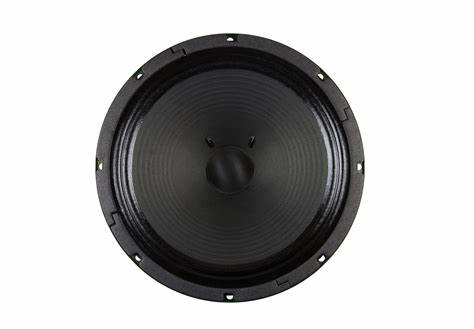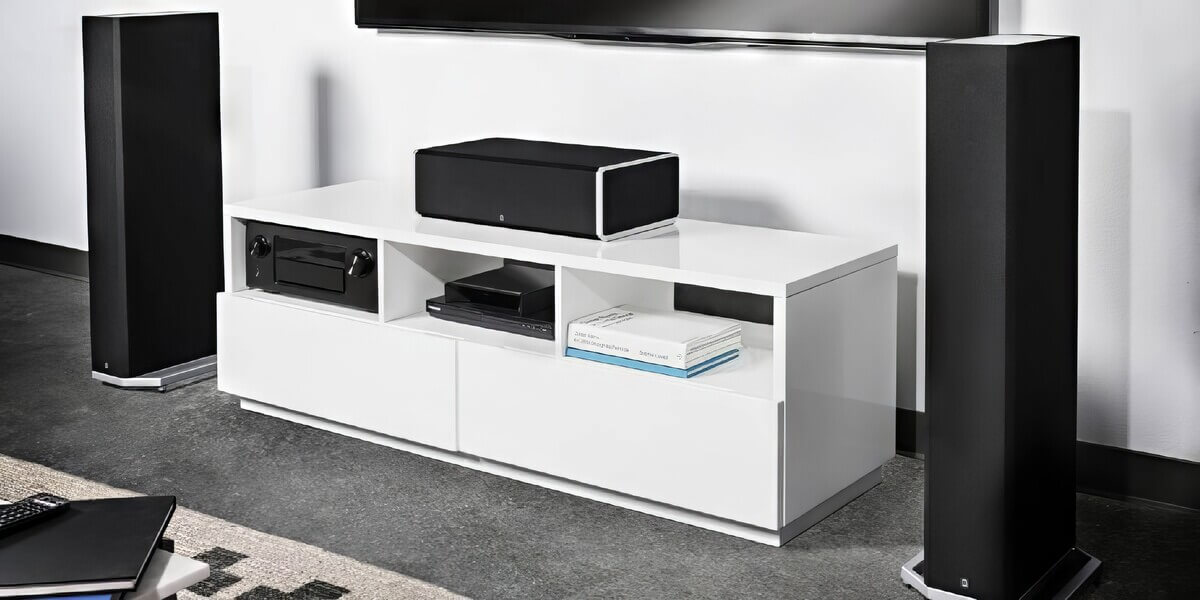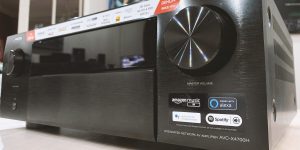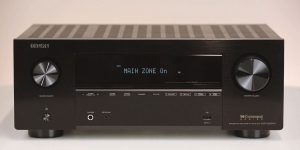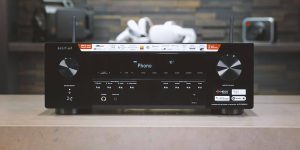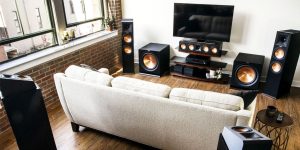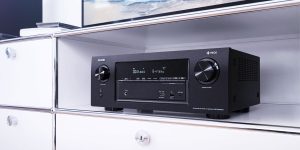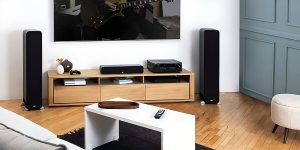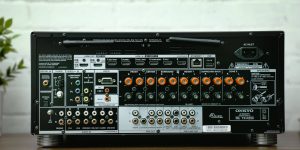As you explore the capabilities of your AV receiver, understanding the distinctions between bi-amping and bi-wiring becomes important. They can be essential in the equipment setup for several reasons, each contributing to potential improvements in the overall audio performance. Describing AV receiver speaker connections, I will share with you the nuances, advantages, and considerations that shape these methodologies. And if you didn’t know what those strange terms meant, you’ll have all the information in a few minutes.
Understanding Bi-Wiring in speaker systems
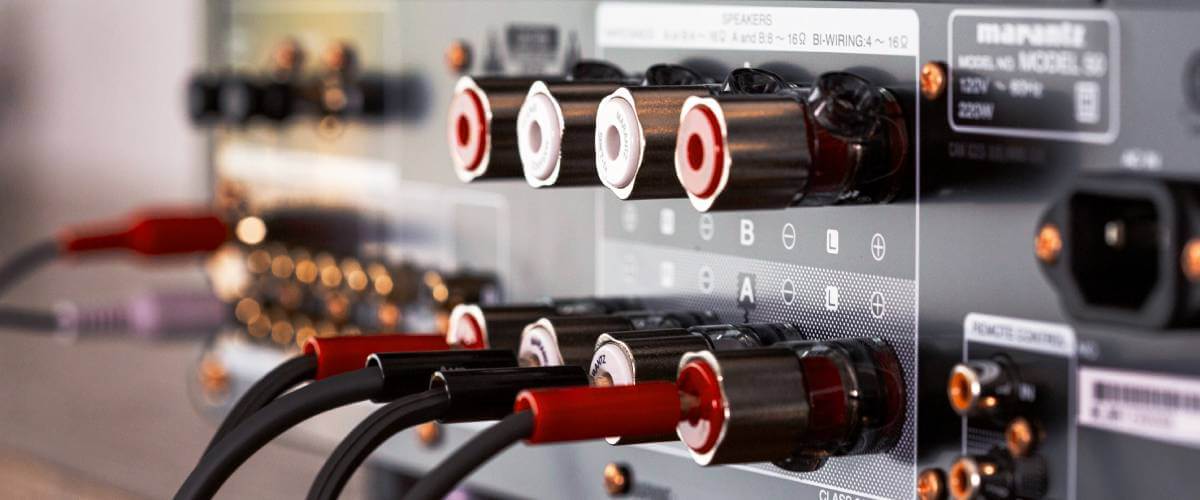
This speaker configuration technique involves using separate cables for the high-frequency (HF) and low-frequency (LF) components of a speaker, connecting them to a compatible amplifier or receiver with bi-wire terminals. The goal is to enhance audio performance by reducing interference between the two sets of signals.
To bi-wire, your equipment must have corresponding bi-wire terminals or support. Some amplifiers may offer dedicated terminals for bi-wiring, while others may require bridging the connections.
Separating HF and LF signals can reduce interference or crosstalk between the different frequency ranges, potentially leading to cleaner and more accurate sound reproduction.
It also may result in improved clarity and separation of instrumentals and vocals, especially in complex musical passages. Theoretically, bi-wiring allows for better control over the power delivery to different speaker components, improving the overall balance of the audio.
This technology requires additional speaker cables, potentially doubling the amount of cabling needed. So you may spend some more money, especially if you are looking for high-quality cables. Also note that bi-wiring involves more intricate cable management, and the process of connecting two sets of cables per speaker can be time-consuming. I’d say that the audible benefits of bi-wiring are subjective. In some cases, listeners may not perceive a significant improvement in sound quality.
A guide to Bi-Amping
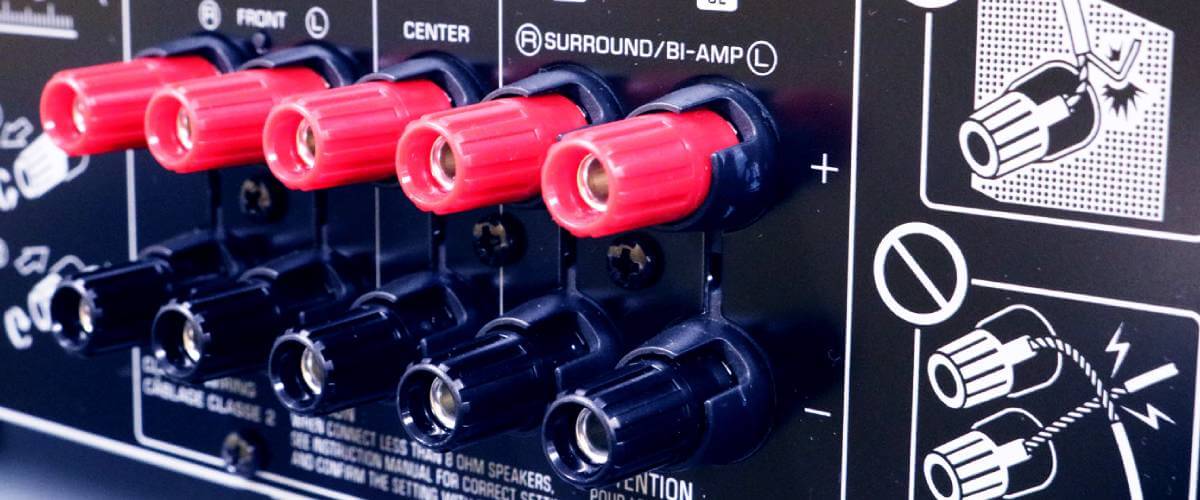
It’s a more advanced speaker configuration technique with the use of separate amplifiers for different sections of a speaker, dividing the audio signal into HF and LF components. This approach aims to enhance control and precision in delivering power to different speaker elements.
An active electronic crossover is employed to split the audio signal before it reaches the amplifiers. This crossover is more precise and adjustable compared to the passive crossovers found within most speakers. To bi-amp, speakers need to have multiple sets of terminals, allowing for separate connections to the LF and HF amplifiers.
Bi-amping allows for more precise control over the delivered power, resulting in improved clarity and reduced distortion. By dedicating amplifiers to specific frequency ranges, each amplifier operates within its optimal frequency band, potentially improving overall efficiency and reducing intermodulation distortion. With an active crossover, you have flexibility in adjusting its points and slopes.
However, due to the use of additional amplifiers, the overall cost of the audio system increases. Setting up a bi-amped system requires careful consideration of speaker compatibility, active crossovers, and amplifier matching. So be prepared that it may be more complex than traditional single-amplifier setups.
Analyzing the differences: Bi-Wiring vs. Bi-Amping
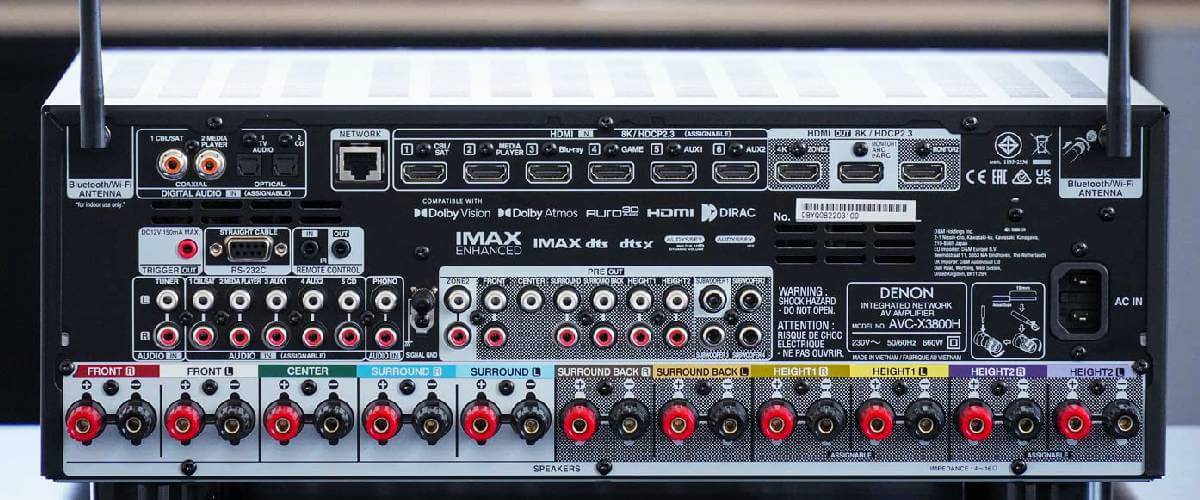
Both techniques are employed in audio systems to potentially enhance speaker performance. But I compared bi-amping vs bi-wiring so you can choose according to your listening preferences.
| Aspect | Bi-wiring | Bi-amping |
|---|---|---|
| Definition | Uses separate cables for high and low frequencies in a single amplifier channel. | Uses separate amplifiers for high and low frequencies with an active electronic crossover. |
| Number of amplifiers | Typically, it uses a single amplifier. | Requires two amplifiers—one for high frequencies and one for low frequencies. |
| Crossover type | Passive crossover within the speaker. | Active crossover, external to the speaker. |
| Control over frequencies | Limited control over individual frequencies. | Precise control over high and low frequencies, allowing for customization. |
| Efficiency | Moderate efficiency as compared to bi-amping. | Potentially higher efficiency due to optimized power distribution. |
| Complexity | Less complex setup. | More complex setup involving additional amplifiers, active crossovers, and speaker compatibility. |
| Cost | Generally lower cost due to using a single amplifier. | Typically, the cost is higher due to the need for additional amplifiers and active crossovers. |
| Applicability | Applicable to speakers with bi-wire terminals. | Applicable to bi-ampable speakers with separate binding posts for HF and LF. |
| Customization | Limited customization options. | Greater customization options in adjusting crossover points and slopes. |
Selecting the ideal approach for your audio setup
Enthusiasts looking for a simple upgrade without major system changes and those with speakers specifically designed for bi-wiring should consider this type of speaker configuration. Bi-amping is more for audiophiles seeking a high level of customization and control and if you need a system where noticeable improvements in audio quality are a priority.
Check if your speakers and amplifiers are compatible with bi-wiring or bi-amping. Consider the additional cost involved in bi-amping, including extra amplifiers and possibly an active crossover, and whether you can handle it. If you are not afraid of complex tasks and have a higher budget to reach more noticeable enhancements, I’d recommend bi-amping.
Maximizing your AV receiver’s performance
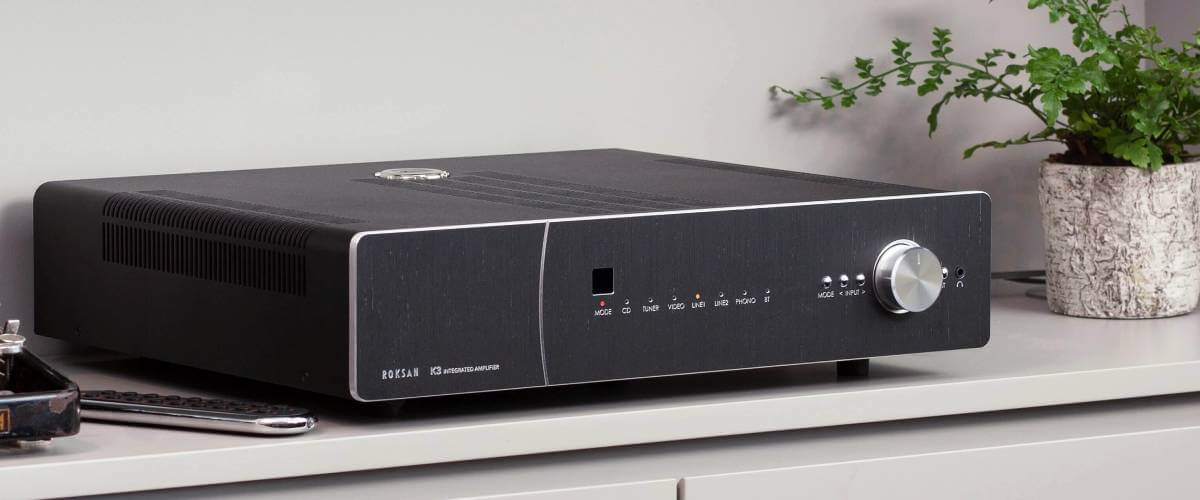
Navigating the cable maze: what to choose
Your AV receiver is a powerful hub for your audio-visual experience. To optimize the AV receiver setup and its potential, use high-speed HDMI cables that support the latest standards.
Invest in quality speaker cables appropriate for your setup as well. Consider the gauge (thickness) of the speaker wire. Thicker wires are suitable for longer distances and higher power requirements. Make sure you use an appropriate length to connect speakers to the unit. I wouldn’t use excessive lengths, as they can result in signal degradation.
For analog audio connections, use high-quality RCA cables with gold-plated connectors to ensure reliable signal transmission. If your AVR and components support balanced audio connections, consider XLR cables for reduced noise and interference.
Speaker placement and calibration essentials
Another aspect that can help with home theater system optimization is following speaker placement guidelines for your specific audio setup (e.g., 5.1, 7.2). Consider room acoustics and aim for a balanced soundstage. I always experiment with subwoofer placement to find the position that provides even bass distribution.
Most AV receivers have auto-calibration systems, and my advice is to use these tools to analyze your room’s acoustics and automatically adjust settings for optimal audio.
But it may not always satisfy every taste, so you can manually try fine-tuning speaker distances, levels, and crossover frequencies.
